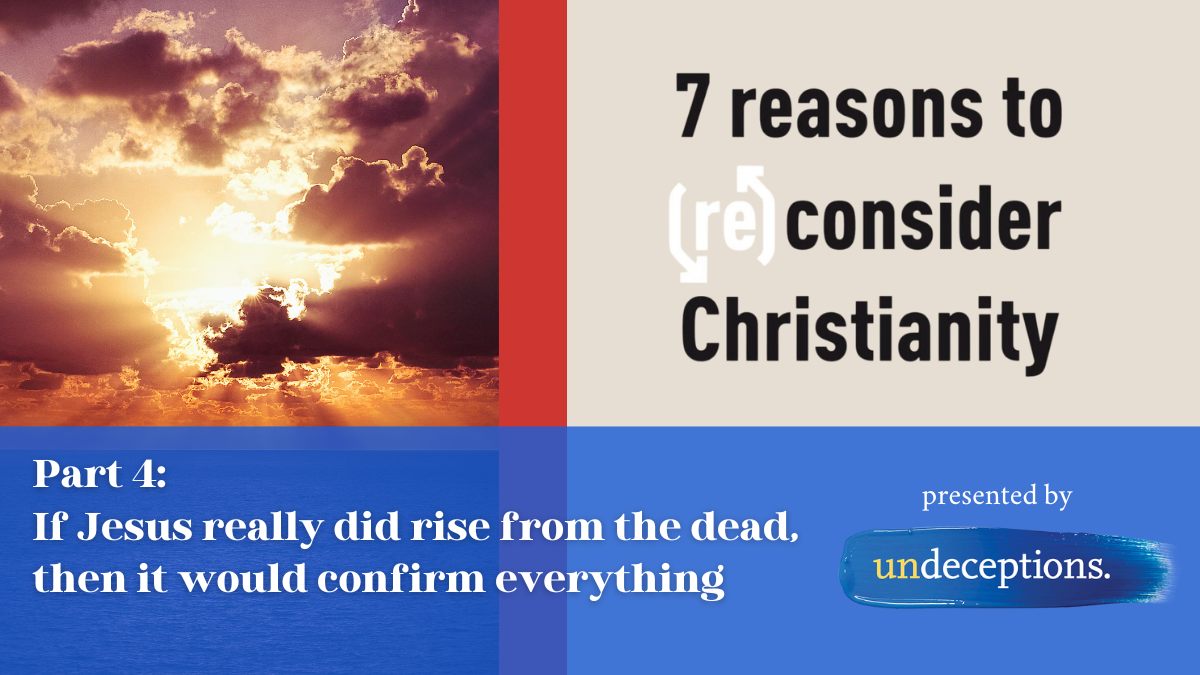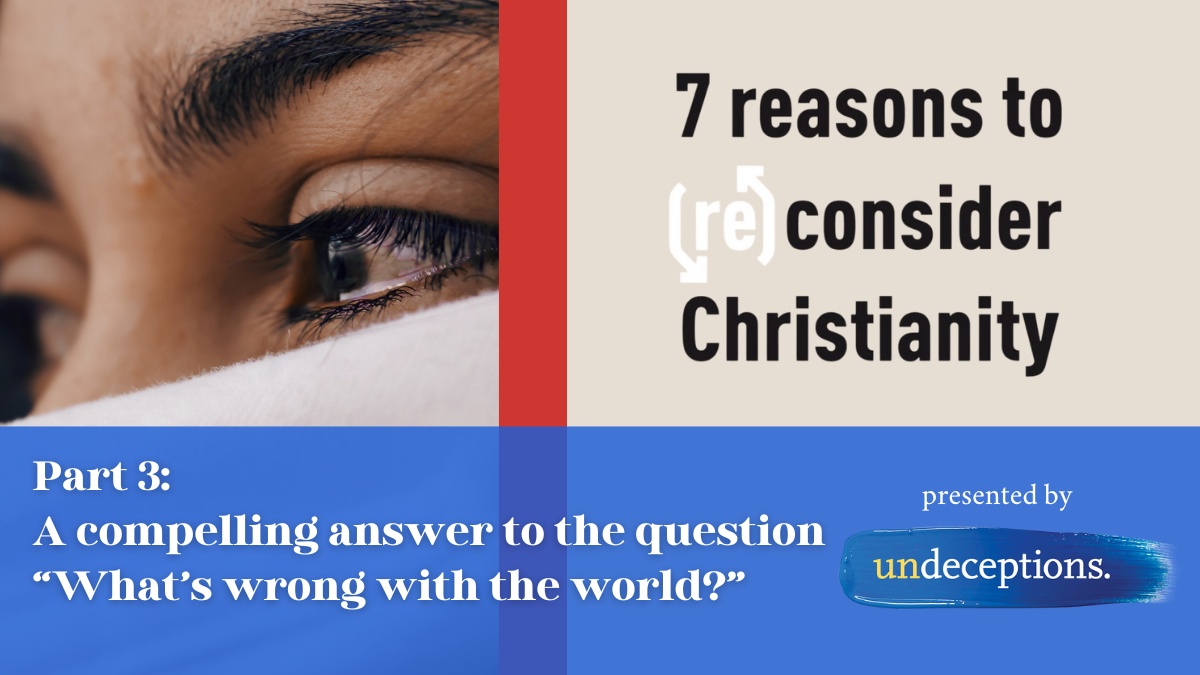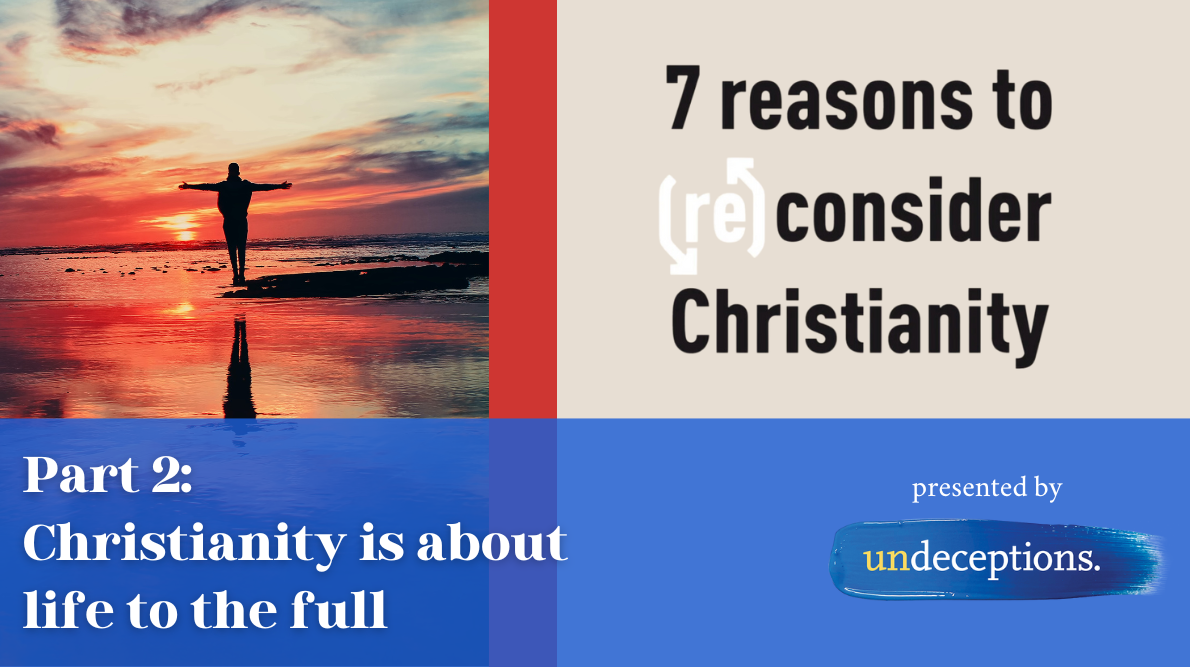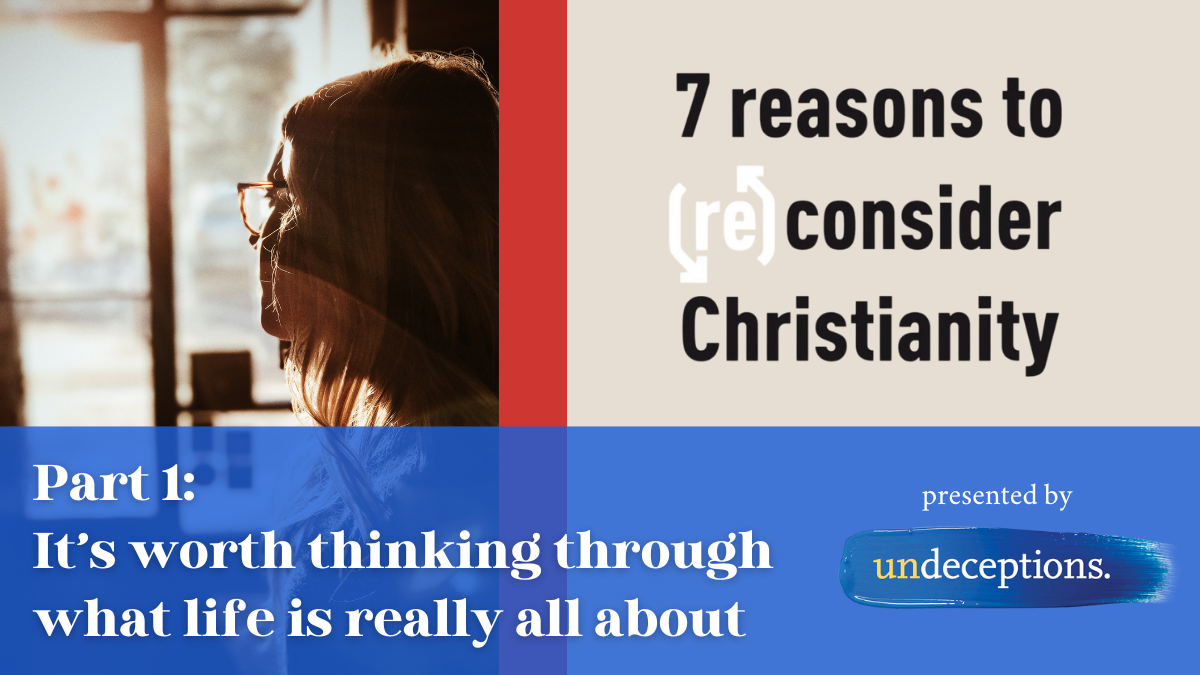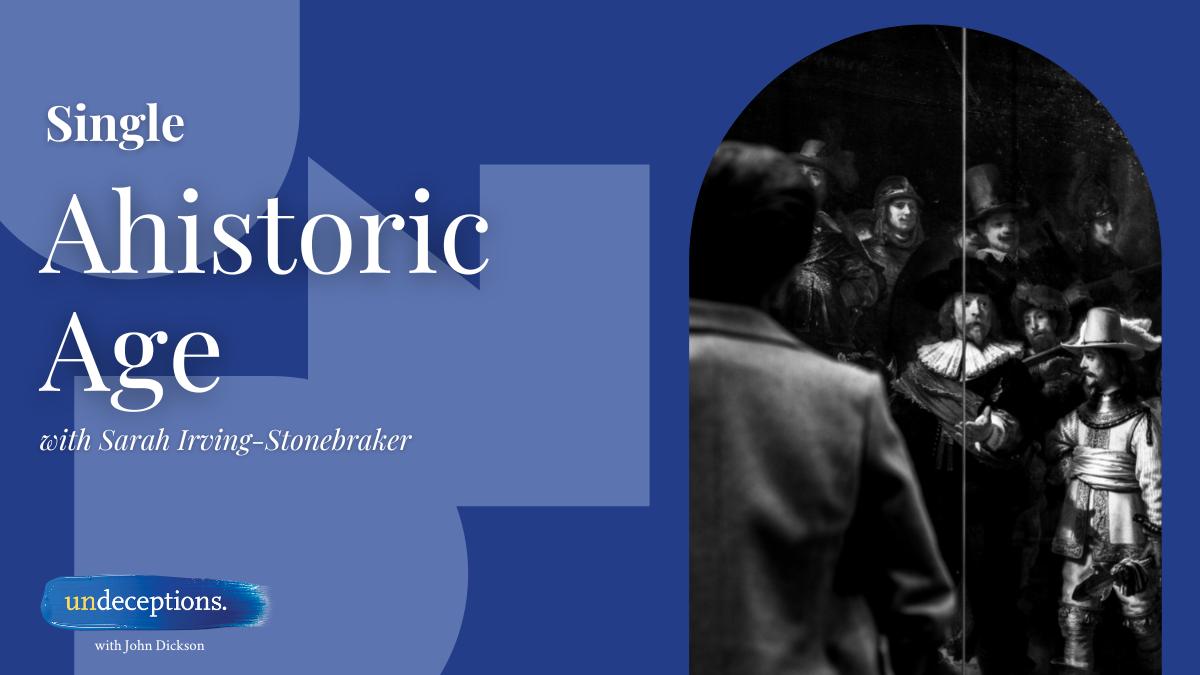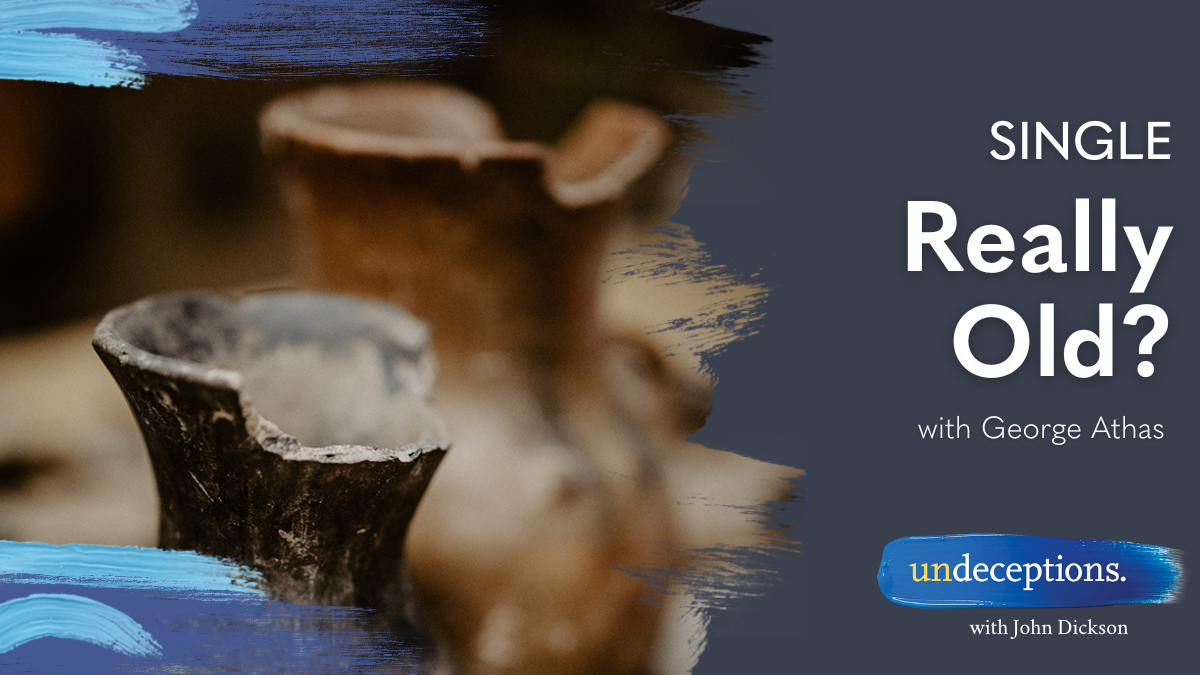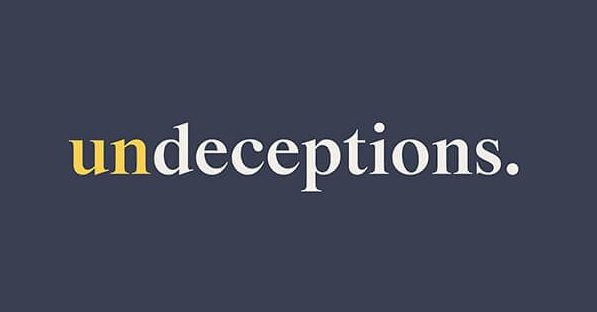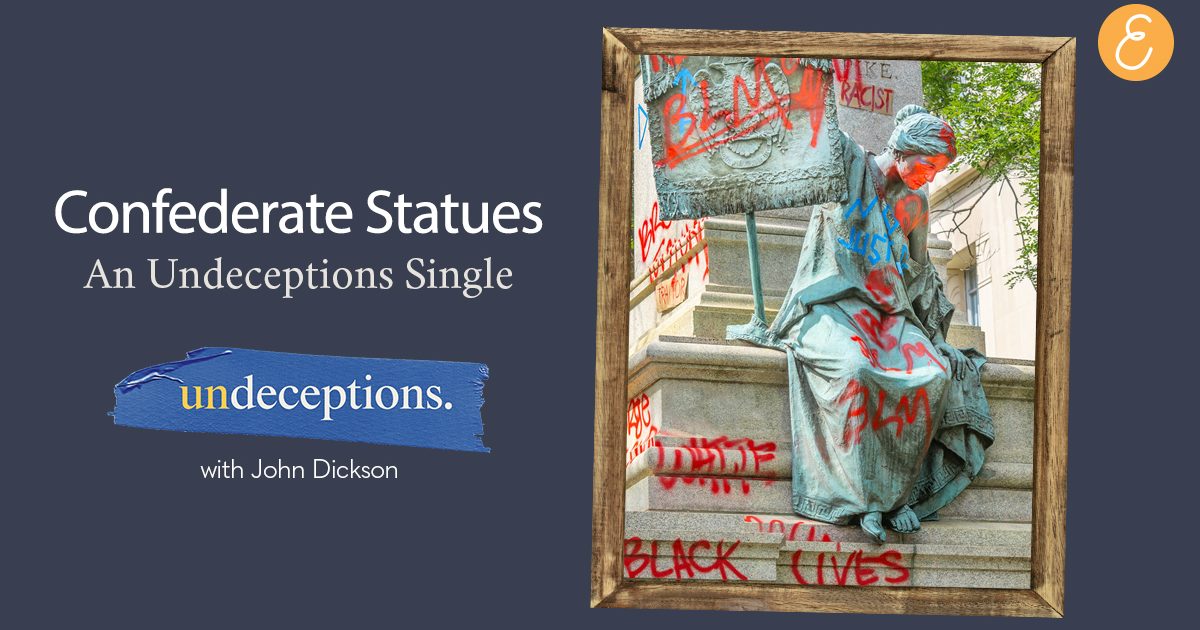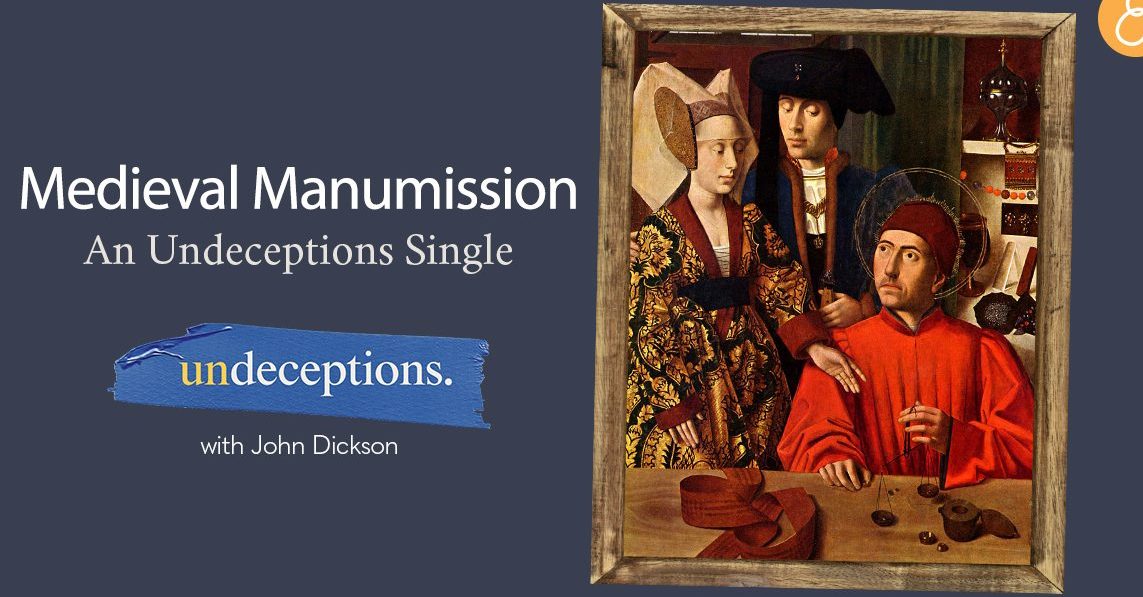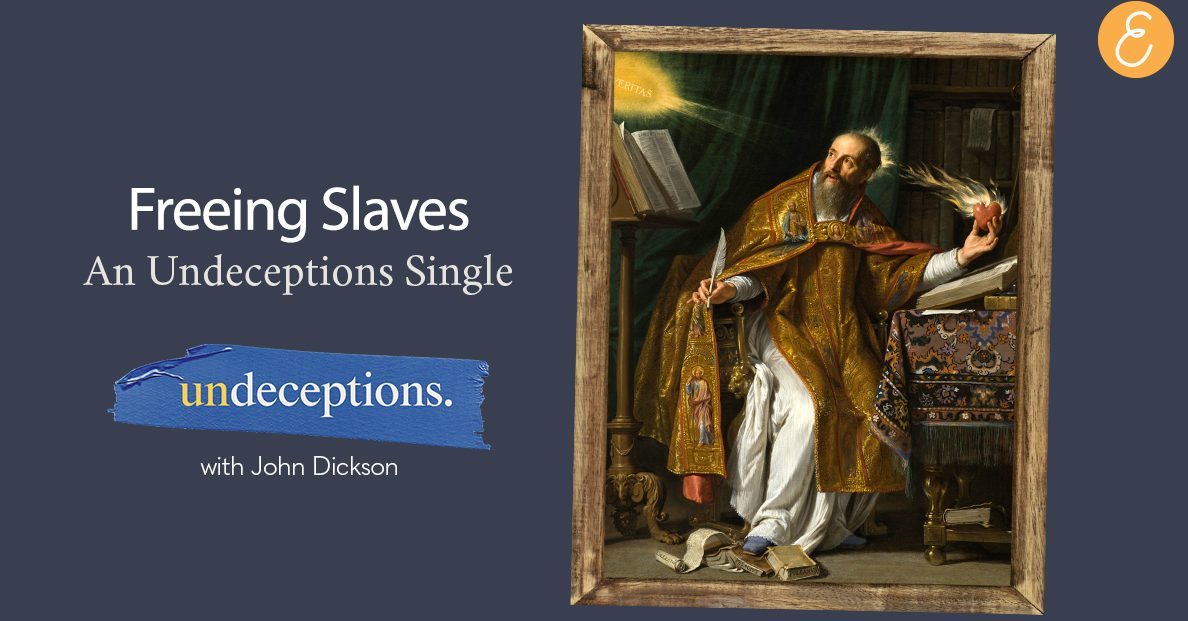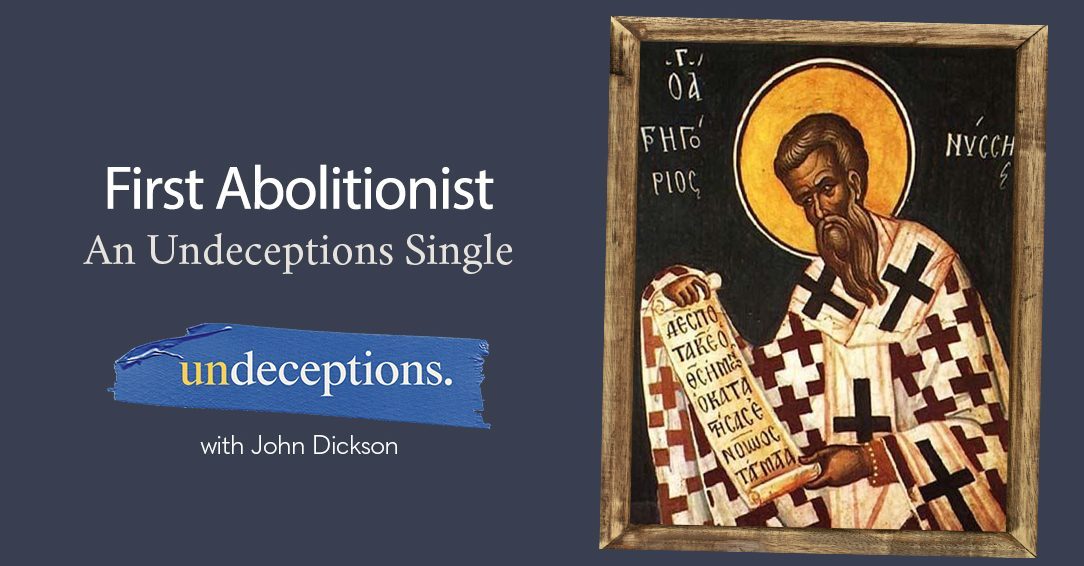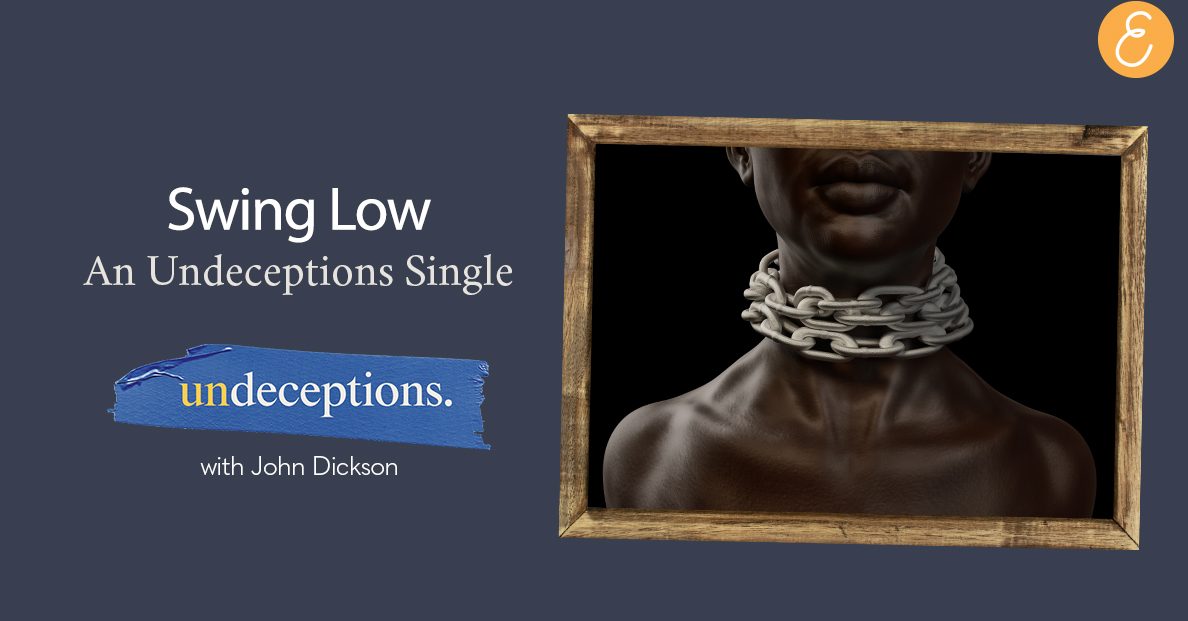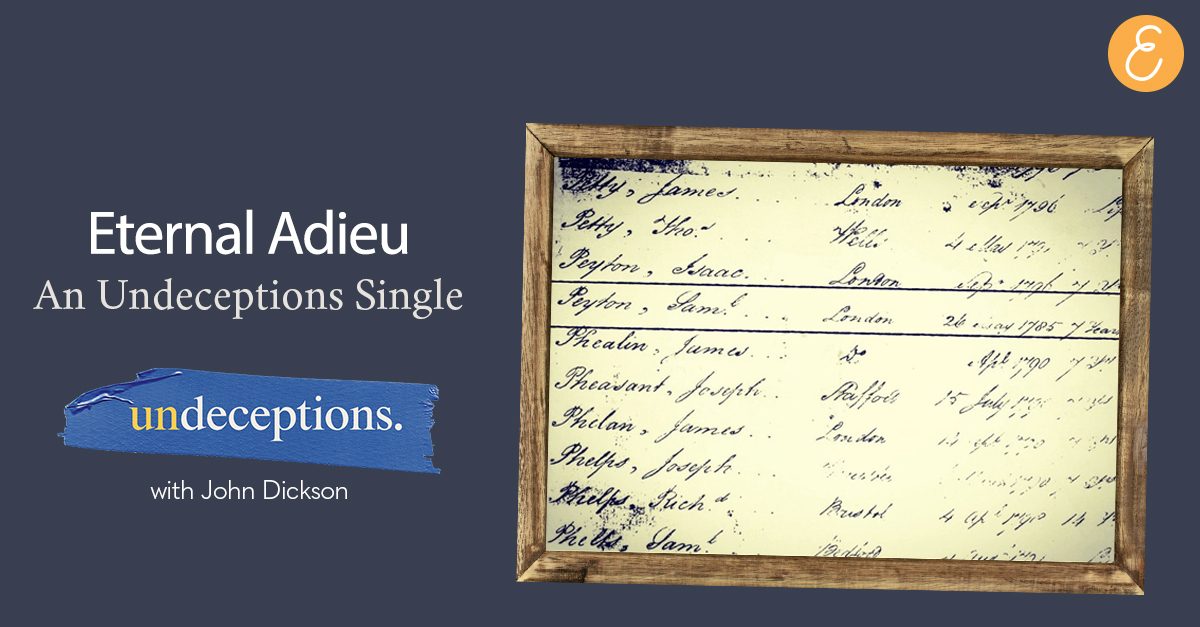At the Passover Festival of Jesus’ day, the male representative of a household brought a lamb to the Jerusalem temple on the afternoon of the 14th of the month of Nisan.
After presenting it to one of the thousands of priests on duty that day, the worshipper killed the animal, while the priest caught the blood in a sacred bowl, which he passed back along the Priestly line to be tossed against the base of the temple altar.
The Passover lamb was far more than a simple memorial. It had a clear sacrificial dimension. Its blood was literally poured out before the Lord and its fatty portions were offered in sacrifice.
This sacrificial dimension becomes really important as we try to understand Jesus’ striking words spoken during his farewell meal later that Passover evening.
“This is my blood of the covenant,” he said, “which is poured out for many.”
There can be no doubt that he was speaking of his impending death in language designed to recall the lamb sacrificed for the deliverance of God’s people. The blood of the original Passover lamb ensured that while judgment fell on the oppressors in Egypt, it passed over the Jewish households.
But the idea of blood sacrifice for atonement is often criticised today as barbaric and blood thirsty. Professor Dawkins, with typical zest, says it’s “vicious, sadomasochistic, and repellent.” He calls it “barking mad” and asks if God wanted to forgive our sins, why not just forgive them?
God was always willing to forgive, but never at the expense of justice. He would always deal justly with evil, but never without the offer of mercy.
The answer of the ancient Jew and Christian is that God must be – and appear to be – just in the performance of his mercy. As a judge won’t freely release a convicted criminal simply because he’s positively inclined toward him, so God doesn’t forgive the guilty without exacting payment at the same time. That is the ancient logic of atonement, whether or not we actually like it.
When Jesus at his last supper spoke of his blood as the blood of the covenant poured out for many, he was recalling a centuries-old tradition. Mercy and judgment lay side by side in Jewish thought, because both were intrinsic to the character of Israel’s God.
God was always willing to forgive, but never at the expense of justice. He would always deal justly with evil, but never without the offer of mercy.
Atonement is the resolution of this tension. It’s in the heart of God. It’s how he shows himself to be just towards sin and yet forgiving toward the sinner.
Coincidentally, as I was preparing this material, I read a story in the local newspaper that deserves retelling.
Melbourne woman, Kimberly Dear was set to fulfill a life ambition when she enrolled for skydiving lessons recently on holidays in Missouri in the US. Her hopes were dashed when the plane she was flying in lost power and started careening toward the ground. Her instructor – Robert Cook – responded instantly. He apparently took hold of her and calmly talked her through what would happen next.
“As the plane is about to hit the ground, make sure you’re on top of me so I take the force of the impact.”
They crashed. Several died, including Robert Cook. Kimberly survived, and from hospital reported that in the seconds just before the crash, she felt Mr Cook swivel his body into position, as he pushed her head against his shoulder to cushion the blow.
I’ve never been a big fan of attempts, even my own attempts, to illustrate the meaning of Jesus’ death by modern stories. There’s a danger of trivialising one or the other. But when I read of the actions of Robert Cook, I couldn’t help but think again of the words of Jesus at the last supper: “This is my blood of the covenant, which is poured out for many.”
By John Dickson
5 Minute Jesus: The beauty of Jesus’ blood sacrifice at Easter
Want to hear the rest of the episode?
Check out episode 16: “Easter Myths”






